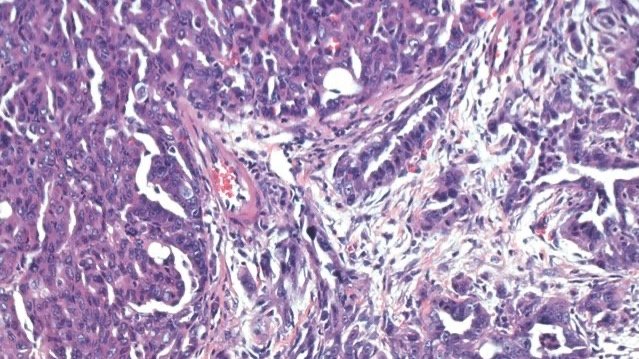Research in the Feldser Laboratory
One of the major goals of cancer biology is to understand the evolutionary process of tumorigenesis; from identification of the cell type of origin for a particular cancer to understanding how acquired mutations initiate the neoplastic process and ultimately lead to malignant disease. We employ an integrative approach utilizing powerful in vivo cancer models and quantitative molecular and biochemical techniques. Our objective is to uncover the oncogenic networks that are usurped by cancer cells to drive tumor progression as well as those tumor-suppressive pathways that are disabled during tumorigenesis. A detailed molecular understanding of the cellular state changes that occur both within the cancer cell itself and within cells in the tumor microenvironment will undoubtedly lead to better strategies to eradicate malignant cells.
Check out our work, our amazing team, and reach out if you are interested to join us!

